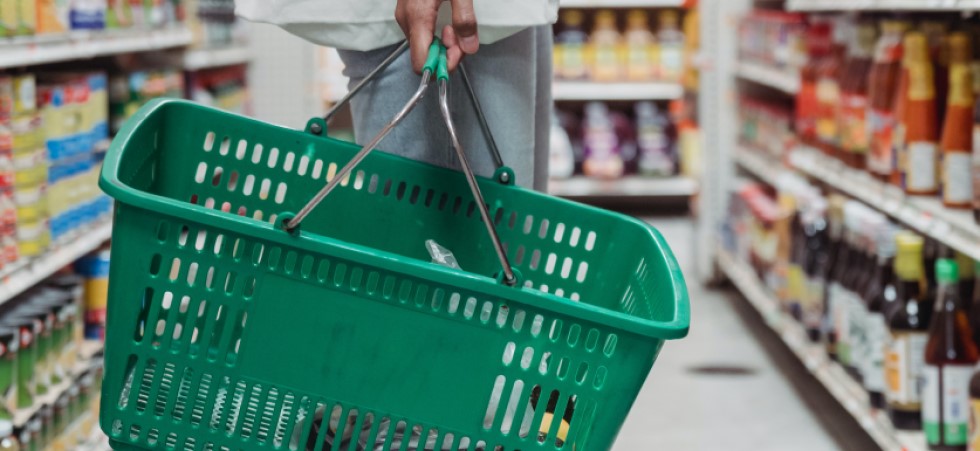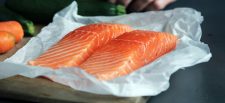The latest figures from Kantar’s retail survey show consumers’ shopping behaviour is beginning to steady and some habits from the pandemic look set to stay.
According to Kantar, take home grocery sales fell by 1.9% over the 12 weeks to 31st October 2021. Although in decline compared with the same 12 weeks in 2020, sales are still 7.3% higher than in 2019.
The data found that UK shoppers are still making 40 million fewer trips to supermarkets per month than in 2019, while a fifth of households consistently order their groceries online each month.
“Bigger, less frequent trips”
Fraser McKevitt, head of retail and consumer insight at Kantar, said: “Our shopping habits are beginning to settle at a new baseline as we’ve adapted our lifestyles through the pandemic. The general trend towards bigger, less frequent trips to the supermarket seems set to stay.”
McKevitt explained that UK households visited the supermarket 15.7 times in the past month on average. This marks a slight increase from the 15.3 trips suggested by data in 2020. Overall, consumers are making fewer trips to the supermarkets. McKevitt added: “At this rate of change, it would take three years to get back to our old shopping patterns.”
He continued: “Online sales have also levelled out. For the second month in a row, digital sales accounted for 12.4% of the total grocery market.”
Festive season begins
The data also showed that people are preparing for Christmas early this year: 4.7 million households bought mince pies in October and 1.6 million bought Christmas puddings.
McKevitt explained: “After a tough 18 months, consumers are gearing up for bigger and better celebrations. An unrestricted Halloween drove sales of pumpkins up 26% in the four weeks to 31st October, and with trick or treating back on the cards seasonal confectionery grew by 27%.
“With Christmas ads out earlier than ever and Christmas stock on the shelves, we’re keen to prepare early this year so we can dive headfirst into festivities.
“Customers are also getting ahead on shopping for the big day itself. Frozen poultry sales are 27% higher year on year, with people spending an additional £6.1 million in the latest four weeks.”
Rising inflation
Like-for-like grocery price inflation stands at 2.1% in the latest four weeks, its highest level since August 2020. In the latest 12 weeks, inflation is 1.5%. The data suggests that prices are rising fastest in markets such as savoury snacks, canned colas and crisps while falling in fresh bacon and vegetables.
McKevitt said: “As prices increase in certain categories, we can expect shoppers to continue to visit several supermarkets and shop around to find the best deals. Already, households visit an average of 3.3 supermarkets per month in order to find the best value for money.”
Market share outlook
Tesco bucked the wider market decline and was the only retailer to achieve year-on-year growth this period with sales rising by 0.3% over the 12 weeks to 31 October. Almost three quarters of the population made a trip to Tesco in the past three months, helping the retailer to gain market share for the 10th month in a row and boost its proportion of the market by 0.6 percentage points to 27.6%.
While Lidl’s sales remained flat compared with last year, the grocer performed ahead of the market to nudge up share by 0.1 percentage points to 6.2%. Aldi also increased its share of total grocery sales by 0.1 percentage points and it now holds 7.9% of the market.
Iceland’s market share remained steady at 2.3% this period. Sainsbury’s, Asda and Morrisons’ market shares were 15.2%, 14.3% and 10% respectively. Co-op’s market share now stands at 6.3% and Waitrose’s is 5%.
Compared with the equivalent period in 2019, all retailers boosted their sales in the latest 12 weeks. Ocado achieved the strongest increase in sales compared with two years ago, growing by 35.7%, while its market share stayed flat at 1.7%.









